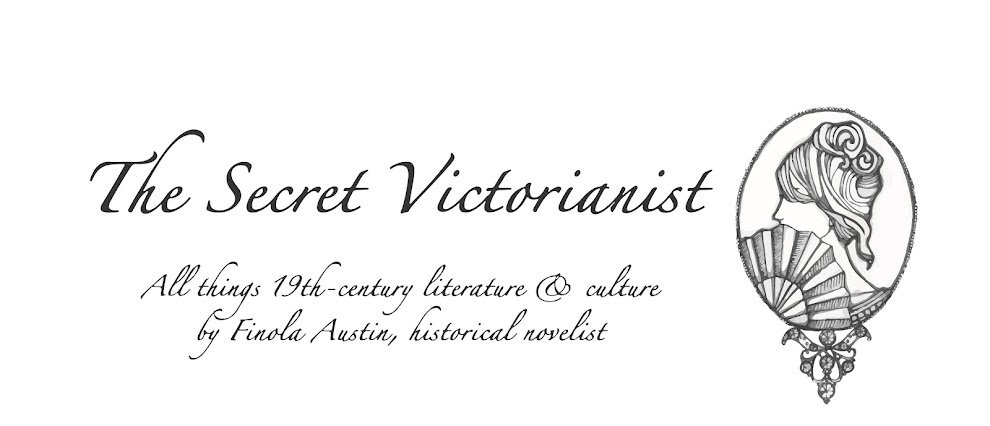In the last two posts in my
Writers’ Questions series I dived into the business side of being an author
with posts on finding literary agents and how to query them. Today, I’m returning
to craft, with a discussion of how writers approach plotting out lengthy and
complex novels.
 |
| G.R.R. Martin (1948- ) |
First, let’s start with some
definitions:
The plotter: The writer
who prefers to plan their novel meticulously before typing “Chapter One”. They
may follow a specific novel planning method (you’ll find many for free online)
or their feeling for plot may be instinctual, but either way they create their
own map to take them from beginning to end of the writing process.
An outline: The
plotter’s map and their secret weapon. This can vary in length and structure
but it’s usually a document that sketches out the events of the novel, chapter
by chapter, hitting all major plot points. Other plotters may eschew written
outlines and plan using post-it notes or whiteboards (think: the murder
detective’s office in a TV drama).
The pantser: The writer
who prefers to fly by their seat of their proverbial pants. They make up their
story as they write and may have little to no idea about where or how their
novel will end at the outset.
Discovery writing:
What the pantser engages in. Writing is an act of exploration where the writer
is “surprised” by the events of their own novel.
Architects and Gardeners: Game of Thrones author
G.R.R. Martin’s preferred terms for plotters and pantsers respectively. The
only key difference here is that Martin sees gardeners as planting seeds, which
bloom later on in their stories. This suggests a little more forethought than
simply “pantsing” it.
The plotter vs. pantser debate is
one that divides writers—and not along neat lines of success. Some swear by
outlines, others feel they’d limit their creativity. But, if you’ve never
outlined before and any of the following statements are true for you, I’d
advise giving it a go:
 |
| The ARCs (advance reader copies) of Bronte's Mistress |
You’re super organised in other areas of your life
Your calendar is colour-coded,
your inbox is empty, you keep lists of birthdays and set reminders on your
phone? If so, outlining isn’t just something that might be helpful for you—you
might even enjoy it!
You’ve been writing the same novel for YEARS
Maybe an outline will help you
see the finish line.
Your novels are never long enough
If you’re making the transition
from shorter fiction to works of a novel length, outlining in advance could
help you see if your plot is really complex enough to stretch across
70,000-110,000 words.
Your story loses its way
Your middle is slow or you’re
getting feedback that your ending doesn’t quite map back to your opening. An
outline could be an answer to your woes.
For my upcoming novel, Bronte’s Mistress, I acted more as a
plotter than a pantser, although I’ve played with both approaches to writing.
Because my novel is historical, and about real people, I started with a
spreadsheet of all known events, categorised by whether they were important to
my protagonist, the men in her life, her children or the Bronte family. I used
this list to determine the best opening, climax and ending of my novel and then
played the fun game of “fill in the blanks”, inventing the imagined events that
would fall between those history had recorded.
 |
| A sneak peek at my early planning spreadsheet for Bronte's Mistress |
Using Scrivener, I then noted the
(real or made up) events I was sure would be scenes in the text sections where
I’d go on to write them. I also inserted any snatches of prose (usually
dialogue) that had come into my head during this plotting process to ensure I
didn’t lose them.
My outline then was less of a
standalone document than the sketch an artist applies paint over or bones later
clothed with flesh. There was still so much I “discovered” along the way (especially
related to flashbacks about events before the novel started and the
characterisation of more minor characters), but my map kept my ship on course,
not dashed against the rocks.
I’d love to hear from you about
your experiences. Do you have a favourite outlining technique? Or do you love
to invent as you go? As ever, if there are any other topics you’d love me to
cover in my Writers’ Questions series, let me know—here, on Facebook or by
tweeting @SVictorianist.
Don’t forget you can follow me on
Instagram too or sign up for updates on the publication of Bronte’s Mistress below.



